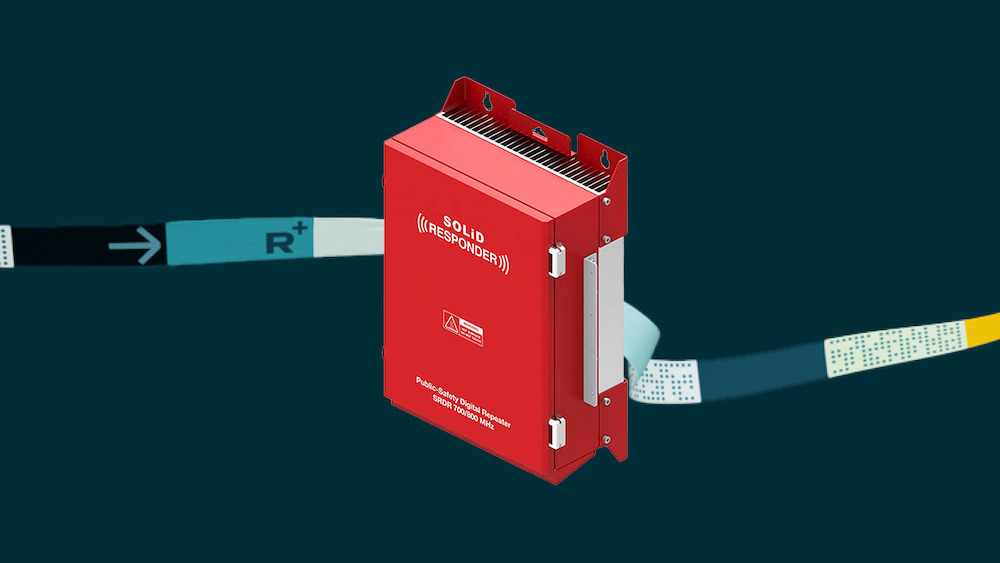
08 Aug 2024
Public storage facilities, often characterized by rows upon rows of small units, are a popular solution for individuals and businesses seeking extra space for their belongings. These facilities typically use metal for unit walls, doors, and sometimes even the ceilings and floors, due to its durability, cost-effectiveness, and ease of maintenance. However, while metal provides these practical benefits, it poses significant challenges for maintaining reliable communication within the facility. This is where ERRC (Emergency Responder Radio Coverage) and BDA (Bi-Directional Amplifier) systems become indispensable.
In public storage facilities, the design often prioritizes maximizing space and providing secure, individual units for tenants. This design frequently includes:
Metal Walls and Doors: Most public storage units are constructed with metal walls and doors. These materials are chosen for their strength and ability to provide a secure barrier between units. However, this creates a complex network of reflective and absorptive surfaces that significantly attenuate wireless signals.
Corrugated Metal Roofing: Many storage facilities utilize corrugated metal for roofing due to its durability and low maintenance. This type of roofing can act as a significant barrier to signals from outside the building.
Metal Partitions: In facilities with multi-level units or internal subdivisions, metal partitions are common. These further contribute to signal attenuation and create additional challenges for signal penetration.
The pervasive use of metal in public storage facilities creates a challenging environment for wireless communication:
Signal Reflection and Absorption: Metal surfaces reflect a large portion of incoming RF signals, scattering them in multiple directions and often leading to significant signal loss. At the same time, these surfaces can absorb some of the signal energy converting it to heat and further diminishing the signal's strength.
Creation of Dead Zones: The combination of reflection, absorption, and the layout of metal units can result in dead zones—areas within the facility where signals are weak or nonexistent. This is particularly problematic in emergencies where communication is critical.
Interference and Multipath Issues: The multiple reflective surfaces can cause signals to take varied paths to the receiver, leading to multipath interference. This can degrade the quality of the signal, making communication unclear or unreliable.
To combat these challenges, ERRC and BDA systems are essential in public storage facilities. These systems provide a reliable means of ensuring that both emergency and everyday communications can be maintained throughout the facility, regardless of the metal structures in place.
ERRC systems are crucial for ensuring that first responders can communicate effectively during emergencies. In public storage facilities, where the risk of incidents such as fires or security breaches may be heightened due to the concentration of units and contents, having clear and reliable communication is vital. ERRC systems work by ensuring that emergency radio signals can penetrate the building and reach all necessary areas, including those with heavy metal presence.
BDAs are critical in amplifying and distributing both incoming and outgoing signals within the facility.
Boost Incoming Signals: BDAs enhance the strength of signals from external sources, such as public safety towers or emergency communication systems, making sure these signals can penetrate the metal barriers of the units and reach deeper into the facility.
Amplify Outgoing Signals: They also amplify signals originating from within the facility, ensuring that communications from emergency responders can reach the outside world without degradation.
A DAS, almost always used in conjunction with BDAs, consists of a network of antennas distributed throughout the facility. These antennas ensure comprehensive coverage, overcoming the signal-blocking effects of metal structures. In a public storage facility, this means placing antennas strategically to ensure that all units, regardless of their location, receive adequate signal strength.
Enhanced Safety and Security: With reliable communication, emergency responders can coordinate more effectively during incidents, ensuring quick responses and reducing the risk of harm or loss.
Improved Customer Experience: Tenants can experience reliable cellular service within the facility, which can be particularly important for those who use smart locks, surveillance systems, or other IoT devices to monitor their units. (Cellular can be added to the DAS…)
Code Compliance: Internation Fire Coe Section 510 requires ERRC systems as part of fire and safety codes. Implementing these systems ensures compliance with local regulations, avoiding potential fines and legal issues.
For public storage facilities with extensive metal infrastructure, the deployment of ERRC/BDA systems is not just a technical upgrade but a critical safety and operational necessity. These systems address the inherent challenges posed by metal structures, ensuring that reliable communication is maintained throughout the facility. Whether for emergencies, everyday operations, or customer convenience, investing in these systems enhances the safety, security, and functionality of the storage environment. As storage facilities continue to evolve, the importance of robust communication infrastructure will only grow, making ERRC/BDA systems an essential component of modern public storage solutions.
Dan Hoffman, Content Creator. Yehuda Smith, Sales Associate from Cell Signal Solutions. For inquiries and all your ERRC testing needs, please contact us at 732.302.8992.
Yehuda Smith is a Sales Associate at Cell Signal Solutions, specializing in radio frequency testing and Bi-Directional Amplifier (BDA) systems. With expertise in communication infrastructure, Yehuda ensures reliable communication across various commercial projects, including public storage facilities. He is dedicated to enhancing safety and efficiency for facility managers through tailored solutions. For all your ERRC needs, contact Yehuda at yehuda@cellsignalsolutions.com.